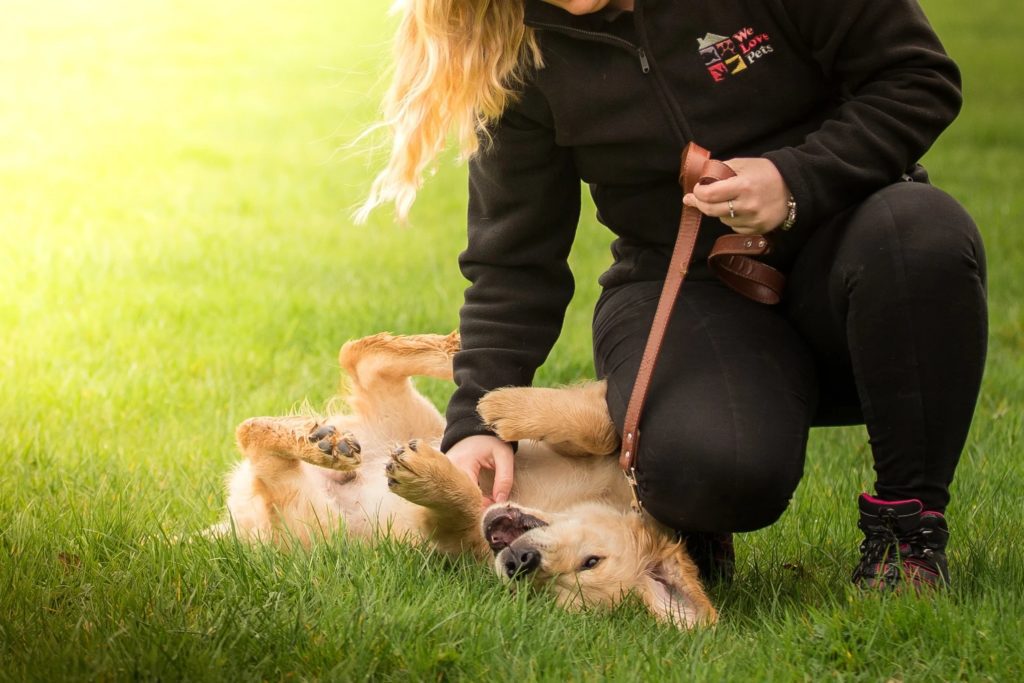Tips for insect stings
This time of year we see a lot of ‘busy bees’ buzzing around in midsummer. Bees and wasps are more active as the temperatures tend to be over 13 degrees Celsius in July and August.
When our beloved pets are outside playing in the garden they can be at risk of stings to the face and throat when rummaging around in the borders for their ball. Stings to these areas tend to be more serious than those elsewhere on the body as the swelling of throat or airways can cause difficulty in breathing. If your pet is stung in these areas it is important to seek veterinary attention and the pet kept under close observation. On rare occasions a pet may be allergic to a sting. In these cases a serious reaction may occur across the whole body. This would be an emergency and veterinary attention should be sought straight away.
If your pet will allow it may be possible to remove the stinger from a bee sting. Removing a wasp sting is not essential. Tweezers can be used but this risks squeezing the stinger and more venom may be expressed into the skin. Something like a debit card however with an edge can be lightly dragged across the coat, which brushes out the stinger. Frozen peas wrapped in a tea towel can be applied to reduce any swelling.
Bee venom is acidic so neutralizing it with a dilution of water and bicarbonate of soda commonly baking soda will help ease the discomfort. Toothpaste tends to have bicarbonate of soda as an ingredient so this could be tried if baking soda is not at hand. For wasp stings vinegar, calamine lotion or antihistamine insect bite cream can be used to help take the itch away.
Ants can also cause our furry friends a problem if they bite. Their bites contain formic acid so bicarbonate of soda will again neutralize the acid and relieve the discomfort.




